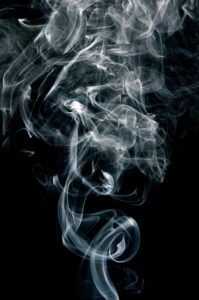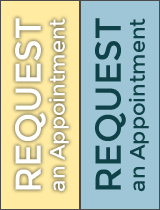Sleep Apnea and Secondhand Smoke
June 16, 2023
 Obstructive sleep apnea (OSA) is a common breathing disorder that affects at least 18 million adults. However, the condition can affect children, too. Large adenoids or tonsils are often the culprits, but new research has found a link between secondhand smoke and sleep apnea in children. Here’s what you need to know before you light up again.
Obstructive sleep apnea (OSA) is a common breathing disorder that affects at least 18 million adults. However, the condition can affect children, too. Large adenoids or tonsils are often the culprits, but new research has found a link between secondhand smoke and sleep apnea in children. Here’s what you need to know before you light up again.
Obstructive Sleep Apnea in Children
Obstructive sleep apnea is a condition that causes frequent pauses in breathing throughout the night. An obstruction in the upper airway can cause a child to stop breathing hundreds of times per night.
Each breathing disturbance depletes their body of oxygen, which can’t affect their general health long-term. It also interrupts their sleep cycle, affecting their mental health and cognitive abilities.
Although sleep apnea in children isn’t as common, several factors are known to increase the risk, like enlarged adenoids or obesity. New research indicates that exposure to secondhand smoke can also raise the odds.
Secondhand Smoke and Sleep Apnea
Secondhand smoke refers to the smoke that is inhaled by a person other than the smoker. Although your little one may not be smoking, lighting up near them exposes them to the risks of cigarettes. Besides an increased risk of asthma and other complications, secondhand smoke is also linked to sleep apnea.
According to the International Journal of Pediatric Otorhinolaryngology, children aged 3 to 18 with severe OSA who were exposed to secondhand smoke had more severe sleep apnea symptoms than those who weren’t exposed. Another recent study found that children exposed to secondhand smoke had a 1.48 increase in risk of sleep apnea than non-exposed children.
Signs of Sleep Apnea in Children
Sleep apnea can be a difficult problem to detect because it occurs at night. Unless you’re watching your child sleep all night, it’s easy to miss symptoms. However, you can notice other signs of the condition, like:
- Snoring or snorting when sleeping.
- Heavy breathing while sleeping.
- Extremely restless sleep.
- Daytime fatigue.
- Bedwetting.
- Behavioral problems.
If your child’s pediatrician suspects sleep apnea, they’ll refer your little one for a sleep study. Based on the information, they’ll create a treatment plan if a diagnosis is confirmed.
Depending on the severity, their pediatrician may recommend monitoring the condition. If symptoms are severe, they may suggest other solutions, like removing the tonsils and adenoids or sleep apnea therapy.
If you’ve been looking for a good reason to quit smoking, reducing your little one’s risk of sleep apnea can be the motivation you need. You and your child will breathe better.
About Dr. Deborah A. Romack
Dr. Romack earned her dental degree from the Baylor College of Dentistry and has continued her education in many specialties, like sleep dentistry. She can identify the signs and symptoms of sleep breathing disorders to create effective treatment plans using the latest technology and equipment. Contact our office at (817) 646-3084 to schedule an appointment.
No Comments
No comments yet.
RSS feed for comments on this post.
Sorry, the comment form is closed at this time.

